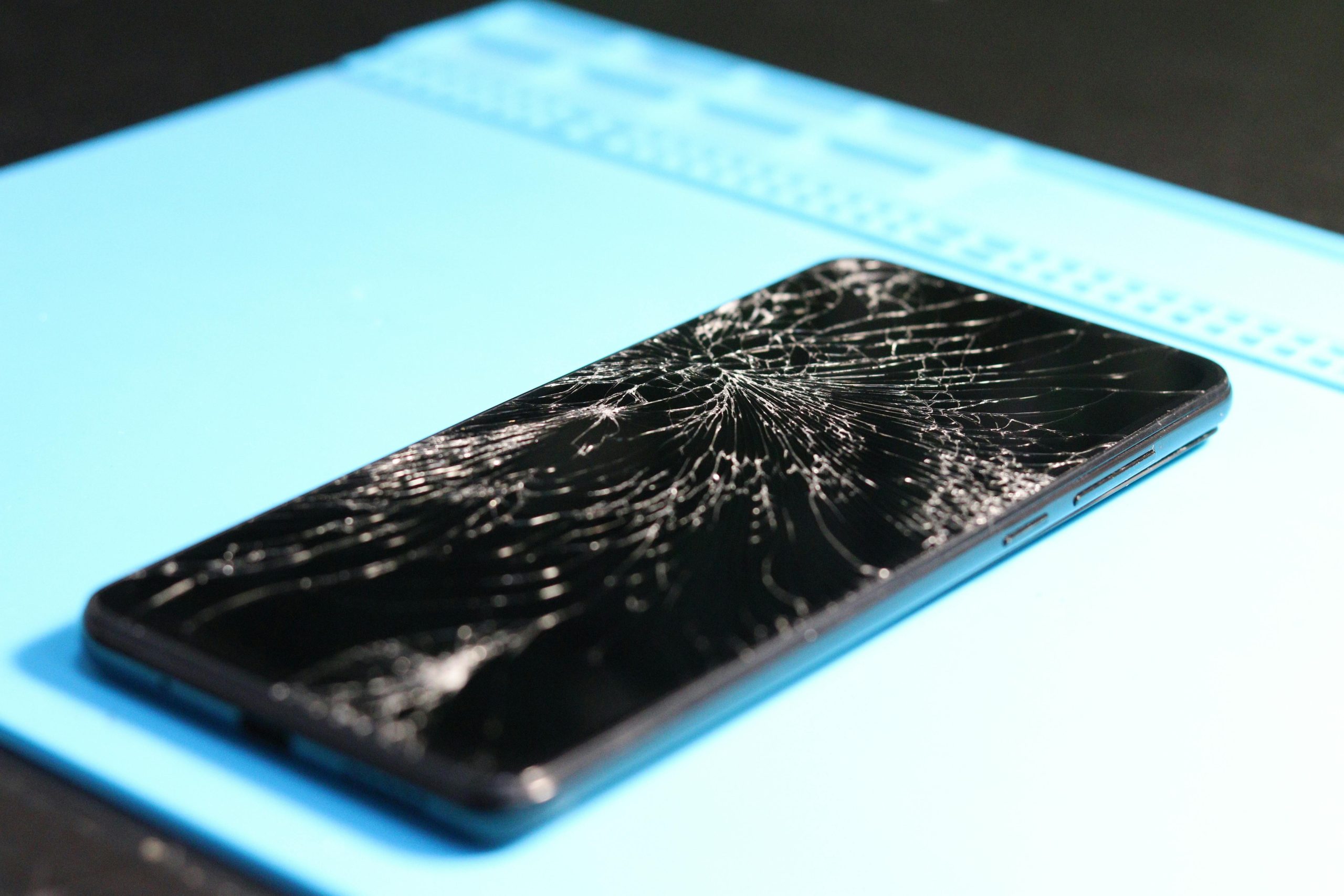Title: Troubleshooting the Infamous Blue Screen of Death: A Guide to Break the Cycle
The dreaded Blue Screen of Death (BSOD) is a nightmare for many computer users. If you find yourself stuck in an infinite BSOD loop, you’re not alone. One user recently faced this issue repeatedly after attempting to install the Realtek audio driver.
When the blue screen appears, it typically indicates a serious hardware or software issue that needs immediate attention. Here are some steps to help you troubleshoot and potentially resolve this problem:
-
Boot in Safe Mode: Restart your computer and access Safe Mode. This can often be done by pressing F8 repeatedly during startup. In Safe Mode, Windows runs only essential drivers and services, which may allow you to boot without encountering the blue screen.
-
Uninstall Recent Updates or Drivers: Once in Safe Mode, navigate to the Control Panel and uninstall any recent drivers or Windows updates that may have triggered the BSOD. Look specifically for the Realtek audio driver, as this was the cause in this instance.
-
System Restore: If uninstalling drivers doesn’t work, consider using System Restore. This allows you to revert your system to a previous state before the issue began. Access this feature through the Control Panel or by searching for “System Restore” from the Start menu.
-
Check for Hardware Issues: Sometimes, the BSOD can be a sign of hardware malfunctions. Check the connections for your RAM and hard drive, ensuring everything is securely connected. If possible, run diagnostic tests to rule out physical issues.
-
Update Drivers: If you manage to restore your system, ensure that your drivers are always up to date through the device manager or the manufacturer’s website. Outdated drivers can often lead to system instability.
-
Consult Online Communities for Support: If you’re still grappling with the blue screen issue, consider seeking assistance from online forums or communities. Other users may have faced similar issues and could offer valuable insights or solutions.
Encountering the Blue Screen of Death can be frustrating, but with the right steps, you can often resolve the problem and get your PC back up and running smoothly. Remember, patience and methodical troubleshooting are key!
Share this content:




Thank you for sharing this detailed guide on troubleshooting the Blue Screen of Death (BSOD). It’s a common issue that can be caused by various hardware or software conflicts, such as driver incompatibilities or hardware malfunctions. Here are some additional tips that might help you resolve the problem:
chkdsk /f /r.If none